The Dutch Shepherd is a remarkable and versatile breed that embodies the very essence of intelligence and agility. Originating from the Netherlands, this medium-sized working …

Happy Paws: All About Dogs

The Dutch Shepherd is a remarkable and versatile breed that embodies the very essence of intelligence and agility. Originating from the Netherlands, this medium-sized working …
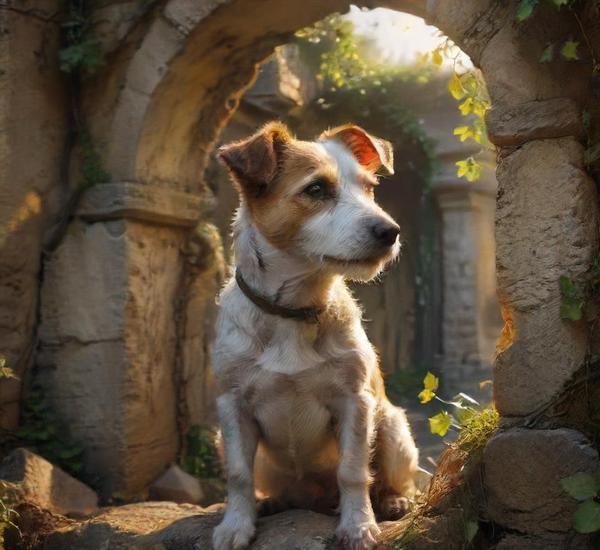
The Tornjak, a majestic and ancient breed, holds a special place in the world of canine companionship, blending beauty with strength and loyalty. Originating from …
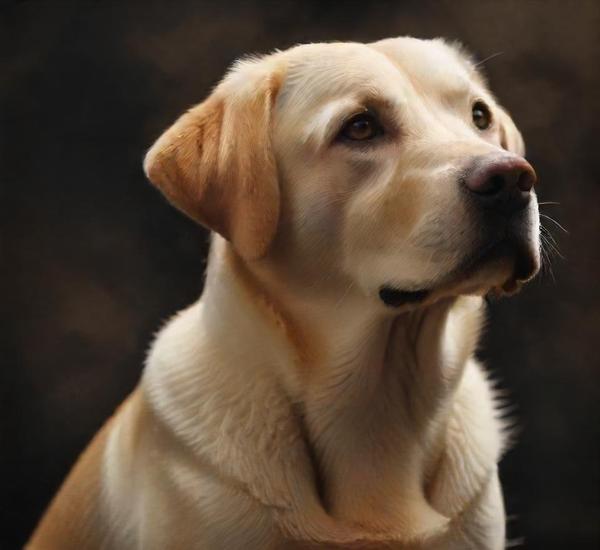
Labrador Retrievers, renowned for their friendly demeanor and boundless energy, are one of the most popular dog breeds in the world. Originating from the icy …
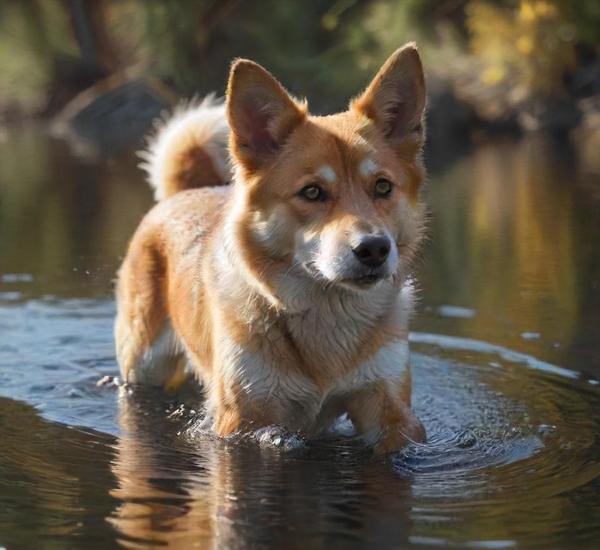
The Norwegian Lundehund, often described as one of the most unique dog breeds in the world, captivates with its distinctive appearance and remarkable history. Originating …
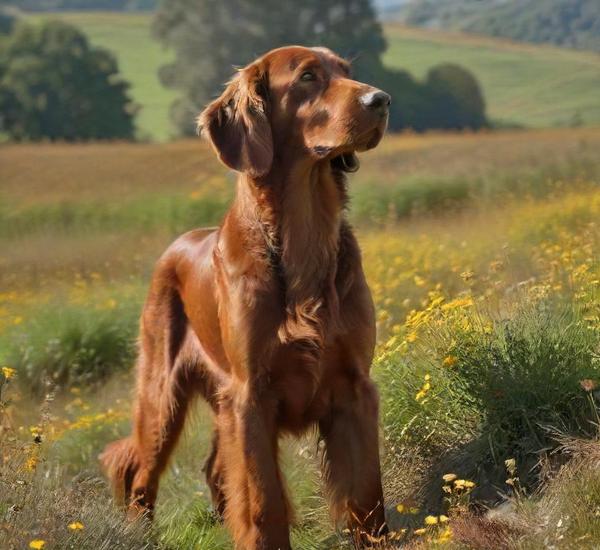
The Irish Setter, with its strikingly rich chestnut coat and exuberant personality, stands out as one of the most captivating breeds in the canine world. …
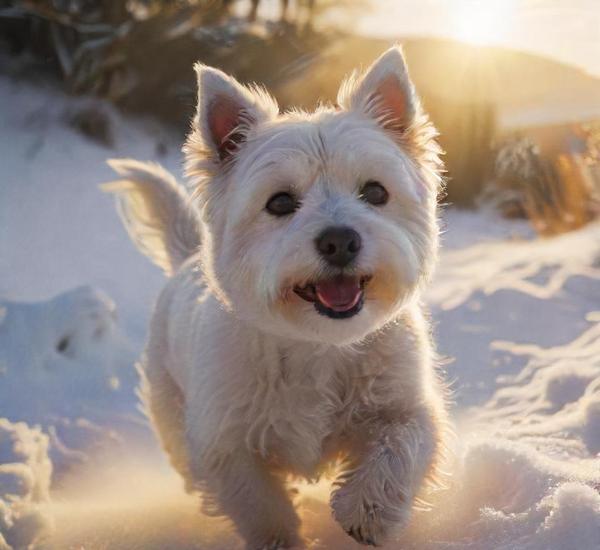
The West Highland White Terrier, often affectionately known as the Westie, is a breed that encapsulates charm, intelligence, and a spirited personality in a compact, …

The Petit Basset Griffon Vendeen, affectionately known as the PBGV, is a charming and lively breed that captivates dog lovers with its distinctive appearance and …
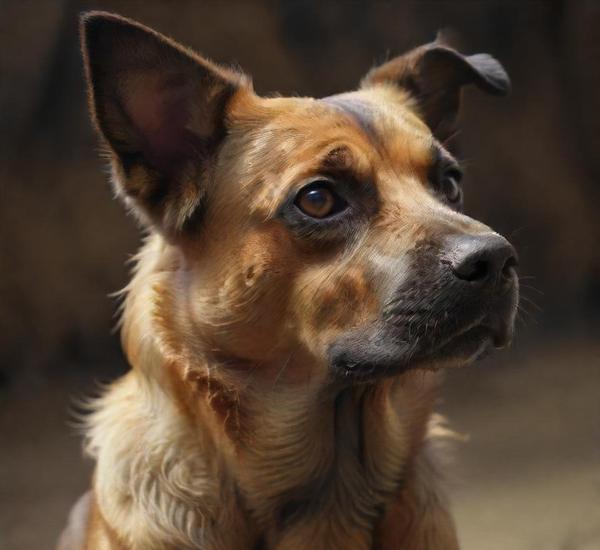
The Perro Majorero, also known as the Majorero dog, is a captivating breed with roots deeply embedded in the rugged landscapes of the Canary Islands. …
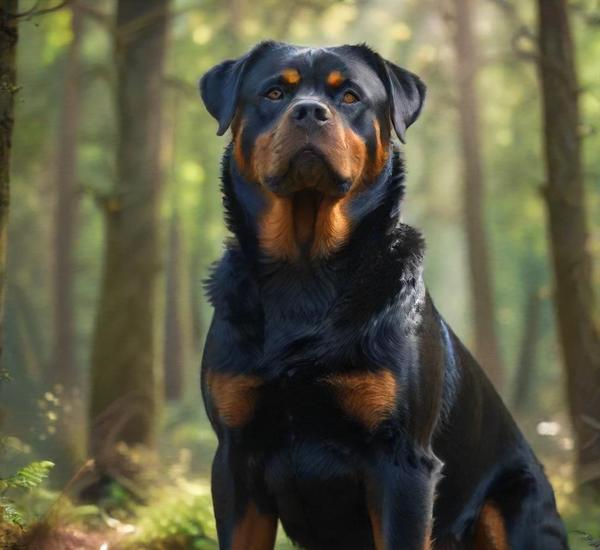
The Rottweiler is a breed that commands attention with its impressive stature and confident demeanor, often evoking a blend of awe and admiration. Known for …

The Irish Terrier, often regarded as one of Ireland’s oldest and most distinguished breeds, embodies both a rich heritage and a spirited personality. With a …